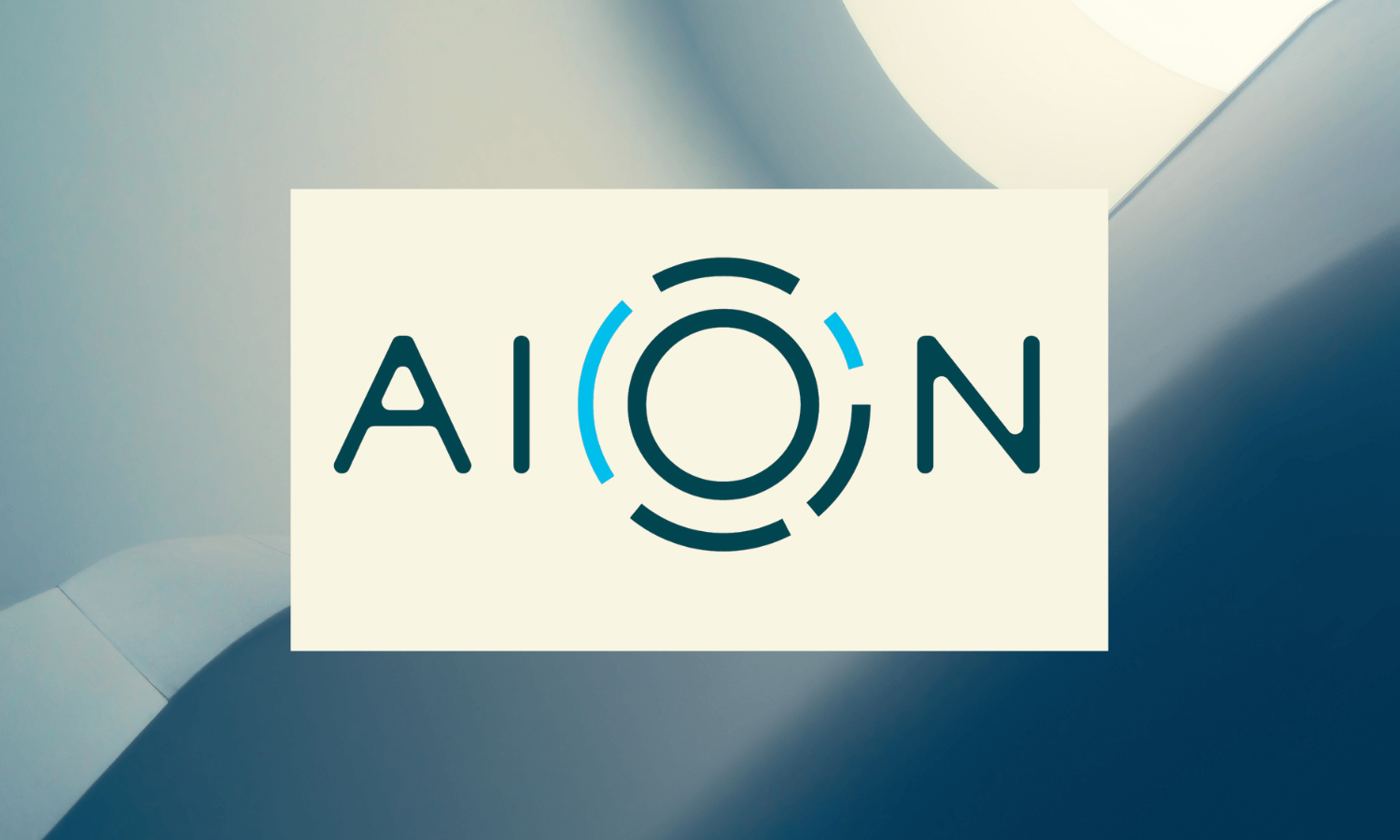Aion: What is it?
AION Network provides cross-chain interoperability through customizable blockchain structures and a trustless protocol. In this system, value and logic are passed among all participants of the network, and transactions occur without the involvement of intermediaries.
This is the first AION network dedicated to the public and enterprise markets. Cryptoeconomic motivational incentives and best-in-class security are demonstrated by this third-generation blockchain in the cryptospace.
AION Team
Matthew Spoke and Ian Chan serve as CEO and COO, respectively, and Jinius Tu serves as CTO. A blockchain solution was originally being developed by a company called Nuco for Deloitte. Now, much of the company’s core team is employed by the nonprofit Aion Foundation.
Among the people behind this community-driven project are Ali Sharif, Chris Lin, and Alexandra Roatis, all of whom have extensive technical experience. In addition to 12 years of blockchain experience, Nuco’s CTO, Junius Tu, holds a Master’s degree.
Dipesh Pradhan and Duncan Cameron are business developers. Kesem Frank, the COO, and Jason Burke, the CFO both have extensive experience in cryptospheres and entrepreneurship.
Since each has extensive blockchain experience, they were alert to the interoperability issues in blockchain as early as possible. As soon as they heard about it, they jumped at the chance.
Interchain transactions are possible through Aion’s network. Using the main chain consensus mechanism, the individual consensus is reached on each bridge. As these transactions are verified by validator nodes, they are rewarded with mining and transaction rewards.
Bridges on Aion can transport both data and value, making them able to handle value transfers (similar to wrapped ETH or USDT payments) as well as data transfers. Due to its dual-layer nature, the mainnet also serves as a smart-contract layer and a digital ledger layer.
With its framework, Aion can scale and perform as well as solutions like MOAC, HCash, and Ontology, which use blockchain 3.0.
As Aion has grown in the blockchain world, its goals for interoperability have brought it a lot of solid partnerships.
In October 2018, CryptoCurve integrated Aion and ICON onto its platform. Curve wallet users now have access to AION storage through this move. The CryptoCurve token is the first to be released through the WanLabs Initiative. The BIA includes members such as Aion, ICON, and Wanchain.
In addition to BlockX Labs and Nodesmith, AION is also gaining support from these companies.
AION TOKEN
The AION token is compliant with ERC20. Ethereum is the initial platform on which AION is facilitated. Users can easily transfer information between both blockchains by transforming it into AION networks.
Aion: A Use Case
Many cryptocurrency promoters seek to replace the world’s financial infrastructure with cryptocurrency. On the other hand, if this scenario happens, thousands of blockchains will be created, each with its characteristics.
With communication between these networks, an entirely new financial system is being developed, in addition to replacing the current banking infrastructure.
An open-ended open-source system that connects to anyone is the goal of the non-profit Aion Foundation. Although far from being the only blockchain project that attempts to achieve such a feat.
There have even been interconnection projects on early networks such as Bitcoin and Ethereum. Those who wish to see it succeed will need a solid platform, top-notch support, and enterprise partners with deep pockets. Its token performance on cryptocurrency exchanges can be used to determine whether the Aion network will be able to accomplish its goals.
AION token performance on cryptocurrency exchanges can be used to determine whether the Aion network will be able to accomplish its goals.
Interoperability: Its Importance
Here’s an overview of the currently existing ecosystem. Bitcoin, Ethereum, Litecoin, etc. are all crypto coins, however, these coins are not able to communicate with one another. Ether struggles to keep up with bitcoin and bitcoin cannot keep up with ethereum.
This is why crypto exchanges, which serve as a mechanism for exchanging cryptos, are gaining such importance. However, the very nature of this problem poses a challenge. There is no decentralized nature to exchanges, so they are very vulnerable.
- Hackers can gain access to them.
- During system upgrades, they can experience lengthy blackouts. As a result, Binance’s services were completely halted on February 8, 2018.
Additionally, interoperability is crucial for mainstream adoption of the blockchain, which is another reason why it becomes desirable. Having the ability to interact with legacy systems like financial institutions, etc. is crucial for blockchains to be successful. As of now, the worlds of cryptography and legacy can’t interact.
In the blockchain world, interoperability has earned the nickname “The Holy Grail.”
The interoperability of a blockchain ecosystem is crucial in a decentralized future with multiple entities running on them. Imagine a hospital that experiences the exchange of health records and social security records to validate the identification of a patient automatically.
Interoperability is also emphasized through projects like AION and ICON. Informing the Blockchain Interoperability Alliance, they hope to collaborate on interchain communication and transactions research.
Aion is also working to create a system that works with public and private blockchains and can help to solve scalability problems.



Me gusta mucho lo que están haciendo ustedes también. ¡Qué trabajo tan inteligente y cobertura! Sigan con el excelente trabajo, chicos, los he incorporado a mi propio blogroll.